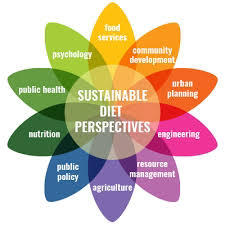Content of Nutritional anthropology

Nutritional anthropology is the find out about of the interaction between human biology, financial systems, dietary reputation and meals security. If financial and environmental modifications in a neighborhood have an effect on get admission to to food, meals security, and dietary health, then this interaction between lifestyle and biology is in flip related to broader historic and financial developments related with globalization. Nutritional reputation influences typical fitness status, work overall performance potential, and the standard manageable for monetary improvement (either in phrases of human improvement or usual Western models) for any given crew of people. General economics and nutrition General financial summary Most pupils construe economic system as involving the production, distribution, and consumption of items and offerings inside and between societies.[citation needed] A key thinking in a huge learn about of economies (versus a




